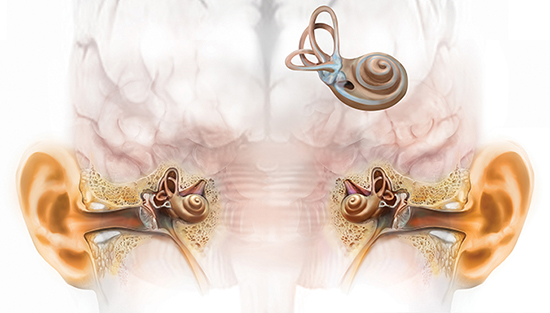Open Ear Technology
What You Need to Know Before Buying a Hearing Aid
You finally get up the nerve to go to the hearing aid office
and get your ears tested. They break the news that you need a hearing aid. Your
mind is swimming with visions of having to wear that huge thing on your ear.
How could this have happened? Why me?! And then they start telling you about
all of the different types you can get.
All that terminology just goes right over your head. Don't
they know your in shock! How on earth can you make a decision when you don't
even know what they're talking about!
There are hundreds of different hearing aids. It can be a
very complicated world of technological terms. Sometimes, those of us that work
with hearing aids all the time can forget just how foreign they can
sound to you.
To make matters worse, the manufacturers like to call things different names, so they sound like something different. No wonder there's so much confusion!
I am going to try to unravel some of the mystery for you.
When you get down to it, there are really only a few terms you need to
understand.
Half Shell (HS) The Half Shell fills about half the bowl of
your ear. They are able to have a good deal of power and features, use a
smaller battery, but are more cosmetically appealing.In the Canal (ITC) The
next smallest size is the custom ITCMini Canal (MC) Smaller than the ITChearing aid, the custom mini canal uses a smaller battery and has even less
power available. Features can also be more limited.
These are available on most BTE,
OE, ITE, Half Shell, and ITC styles of hearing aids. They are the best feature
you can have on your hearing aid for hearing in noisy places, such as
restaurants. (They reduce sounds from behind, so that it does not interfere
with the sound in front of you) Directional microphones can be automatic; they
automatically turn on when the sound level in the room gets too loud.
Some are also be
adaptive, which means they can follow moving sounds, or reduce several different
sounds at the same time.
Noise Reduction - Noise reduction doesn't really reduce
noise, it reduces amplification in the frequencies where there is noise and no
speech.
If there is a fan running in the background, the hearing aid
will not amplify it as much as it will speech. When the hearing aid finds both
speech and noise at a frequency, you still get both. More advanced the hearing
instruments manage noise better by breaking the frequencies up into smaller
pieces.
60 E Main Street, Suite 2C
Cary, IL 60013 united state
(877)432-7661






Comments
Post a Comment